To lead fun dives, preparation is done in the following order: gathering information, creating a plan, and recruiting participants.
■Methods of Gathering Information"
Obtain the latest information from diving magazine articles, local resort facilities, and the Meteorological Agency's website.
If you cannot get information from diving magazine articles or local resort
facilities for a particular area, it may not be suitable for fun diving.
Avoid planning fun dives in such areas.
Obtain the latest information from diving magazine articles, local resort facilities, and the Meteorological Agency's website.
To avoid conflicts with fishermen or other vessels at fun diving points,
use local resort facilities that are familiar with local rules and regulations.
|
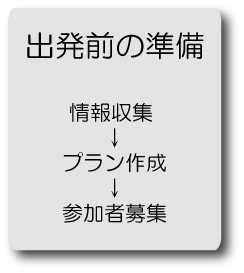

Let's gather information from the internet.
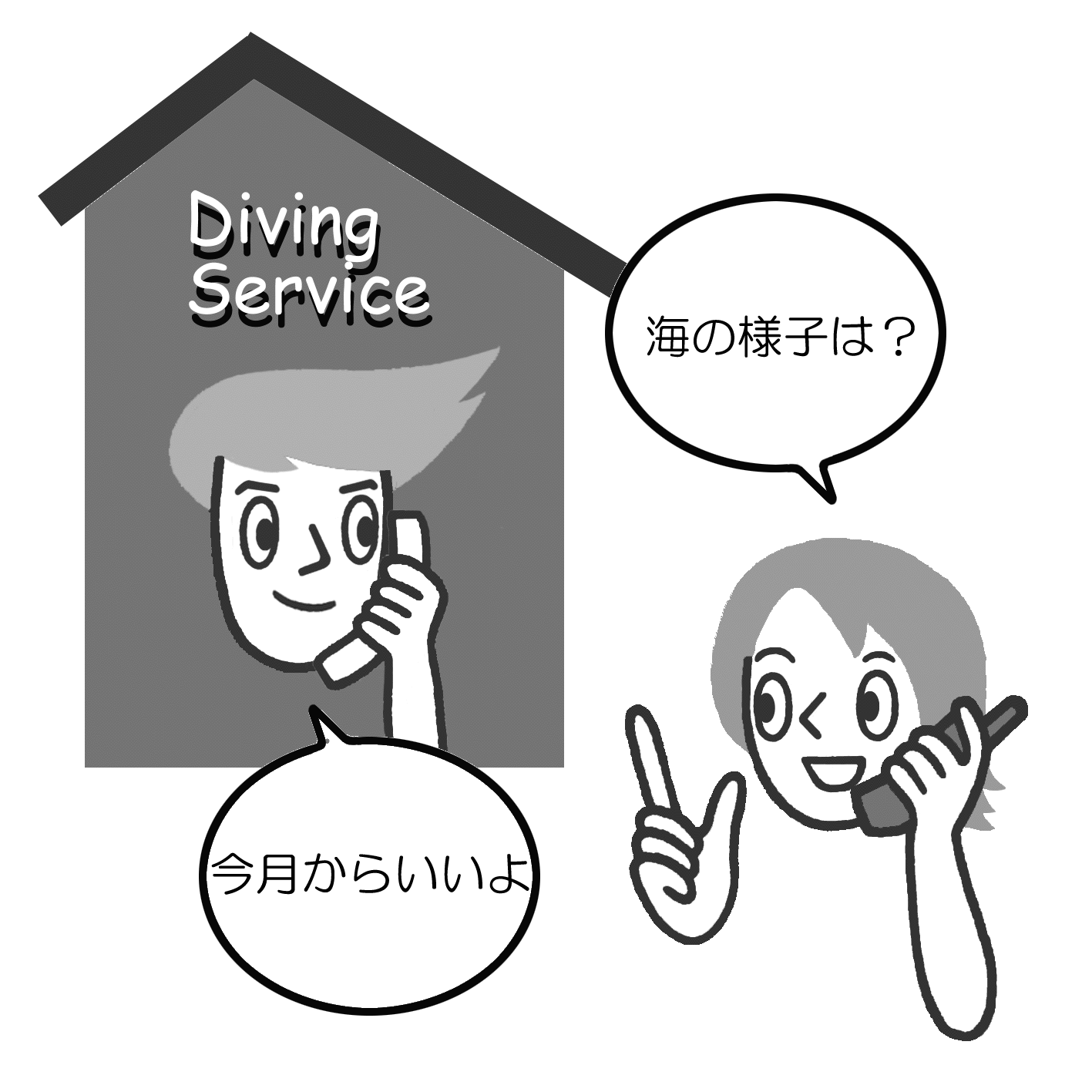
Let's obtain the latest local information.
|
■Checking Diving Conditions
To ensure that the diving environment is suitable, let's check the following information:
1. Marine life habitats
2. Tidal currents, tide tables, and local tidal and current conditions
3. Visibility above the water and underwater clarity
4. Seafloor topography, sediment, and seaweed growth conditions
5. Water temperature at the diving points
6. Usage of the water surface by fishing boats, leisure boats, and other marine sports activities
7. The placement of fishing gear such as fixed nets, octopus pots, and fishing nets
8. Status of restricted areas
9. Seasonal Weather Conditions
Regions that are susceptible to seasonal winds may experience waves and other conditions that prevent diving for extended periods.
Be sure to obtain information about alternative diving points as well.
■Usage guidelines for resort facilities
Let's also pay attention to the availability and usage guidelines for toilets, rest areas, and arrangements for meals at the site.
■Transportation
Let's confirm the transportation to the site.
Check if there is convenient public transportation for the meeting and dispersal times.
■Guide Diver Confirmation
Most local resort facilities have guide divers who are familiar with the local marine areas.
In unfamiliar waters, arrange for an experienced guide diver.
Confirm the cost and reservation method for the guide diver.
|
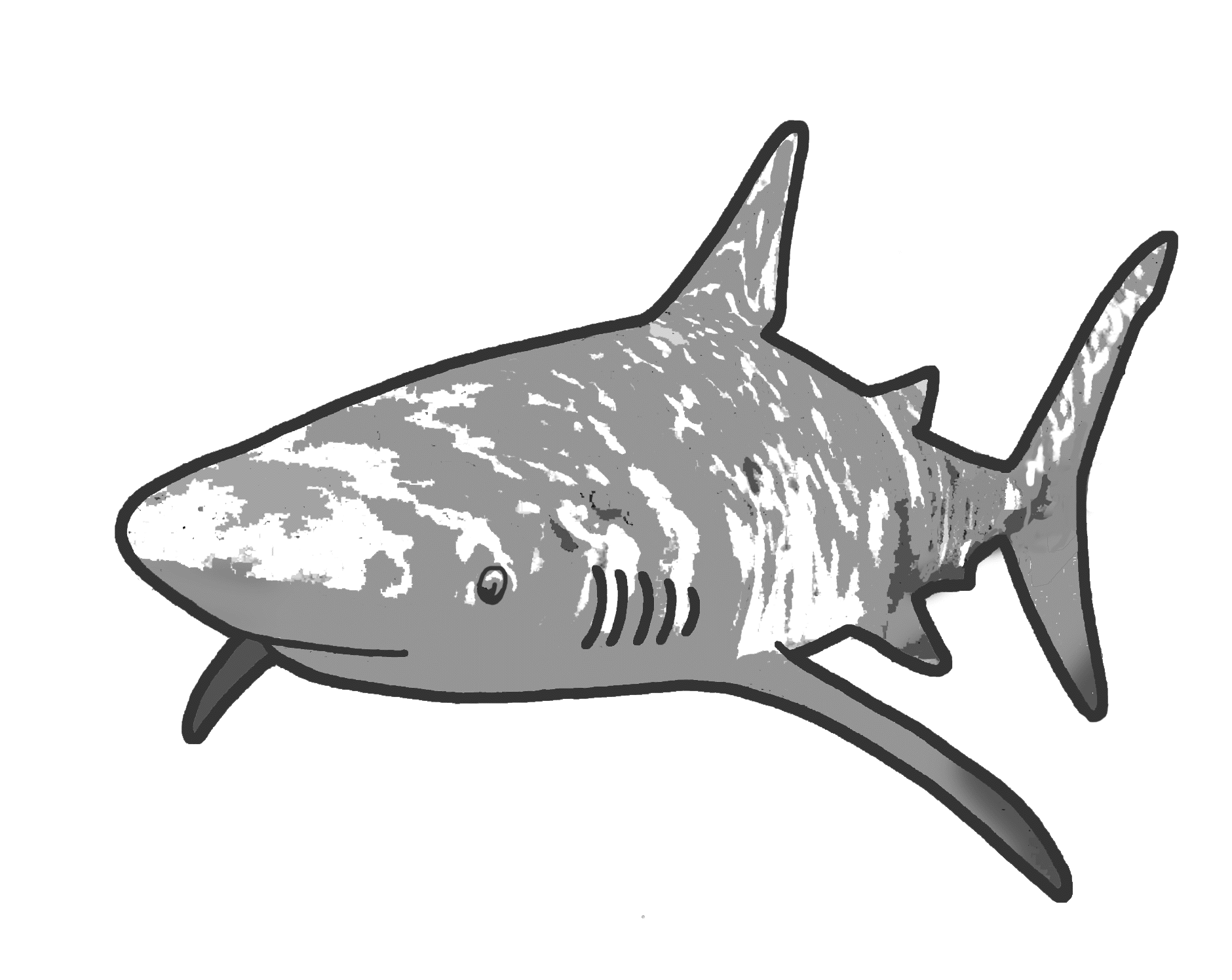
Are there any dangerous marine organisms?

Let's obtain a simple tide table from the internet.
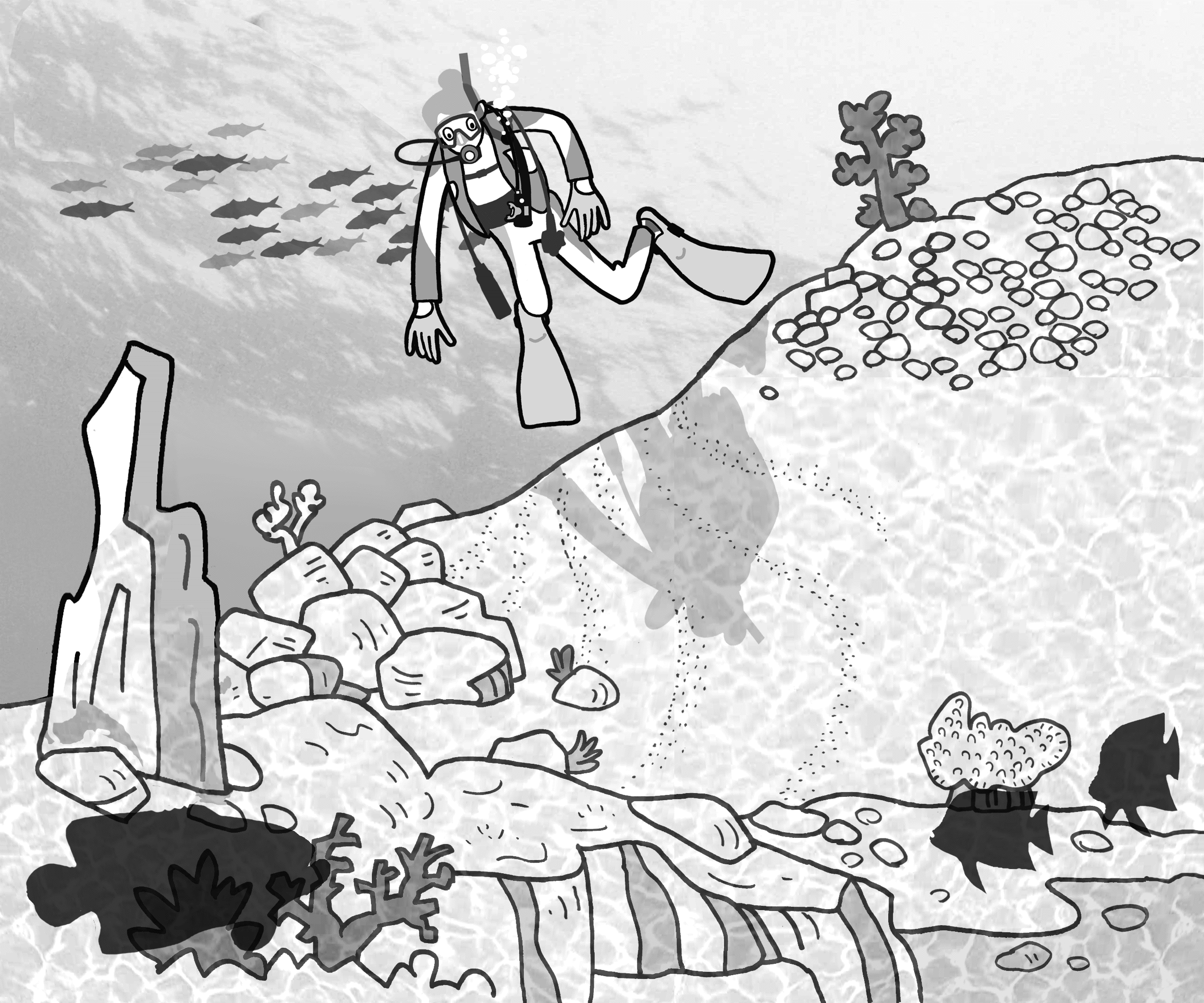
Is the visibility good?

Let's also research alternative dive points for rough weather conditions.
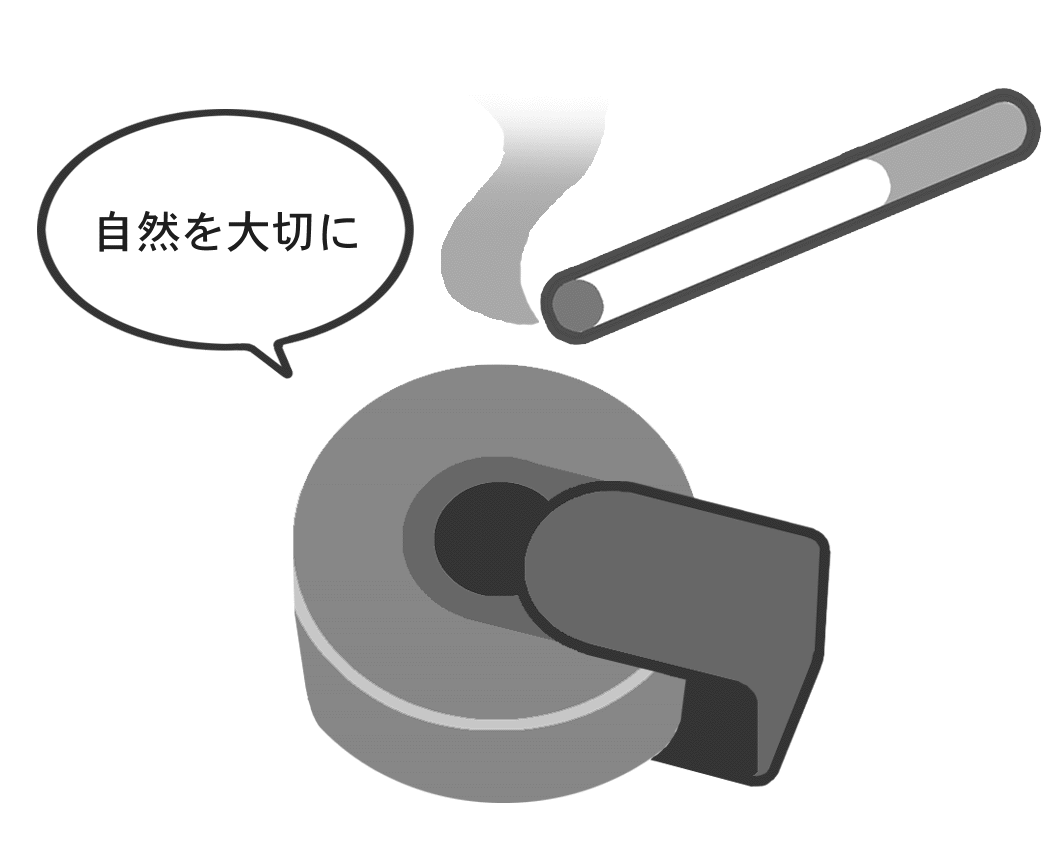
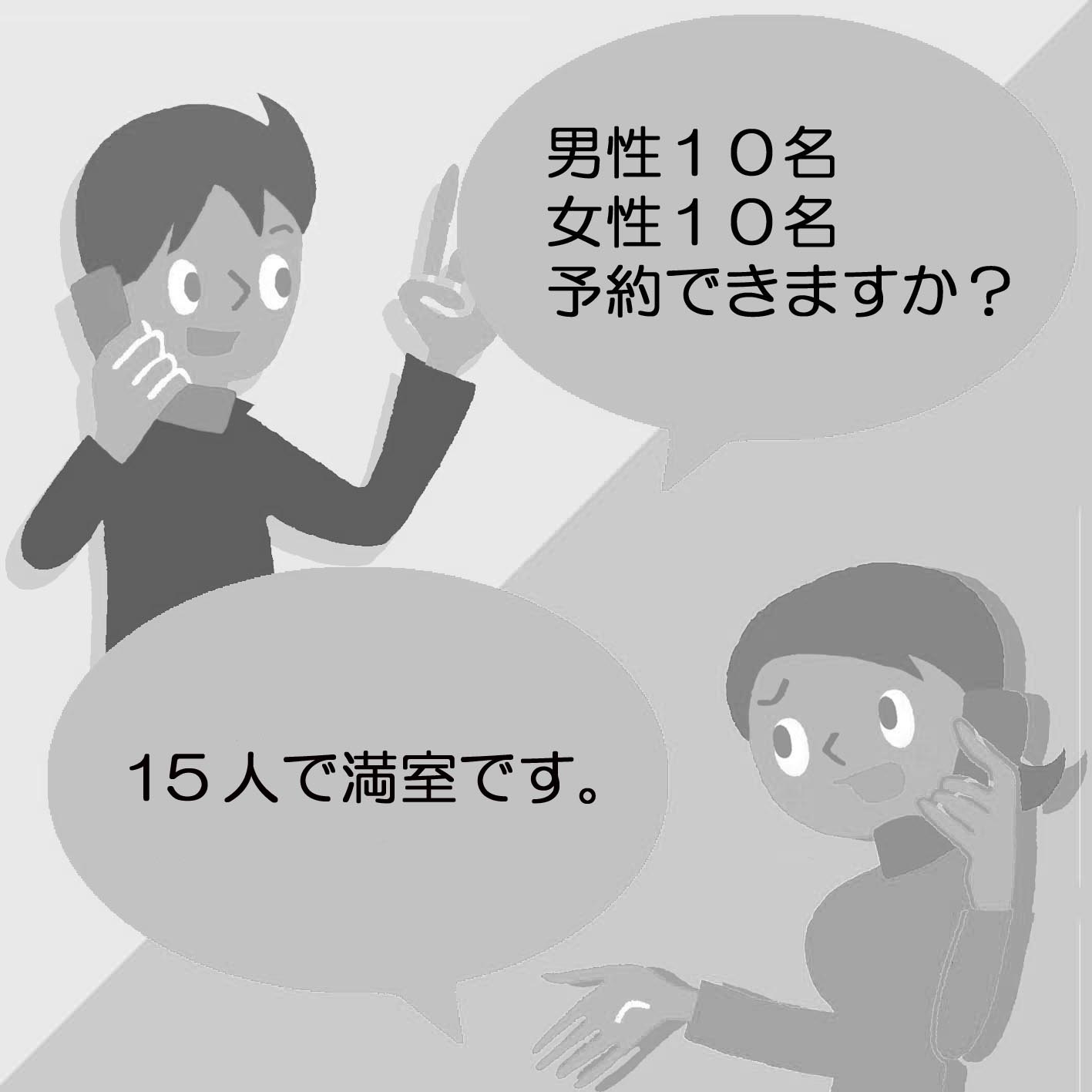
Also, confirm the capacity of the facility.

Check the operating schedule.

Having a guide diver provides peace of mind.
|

